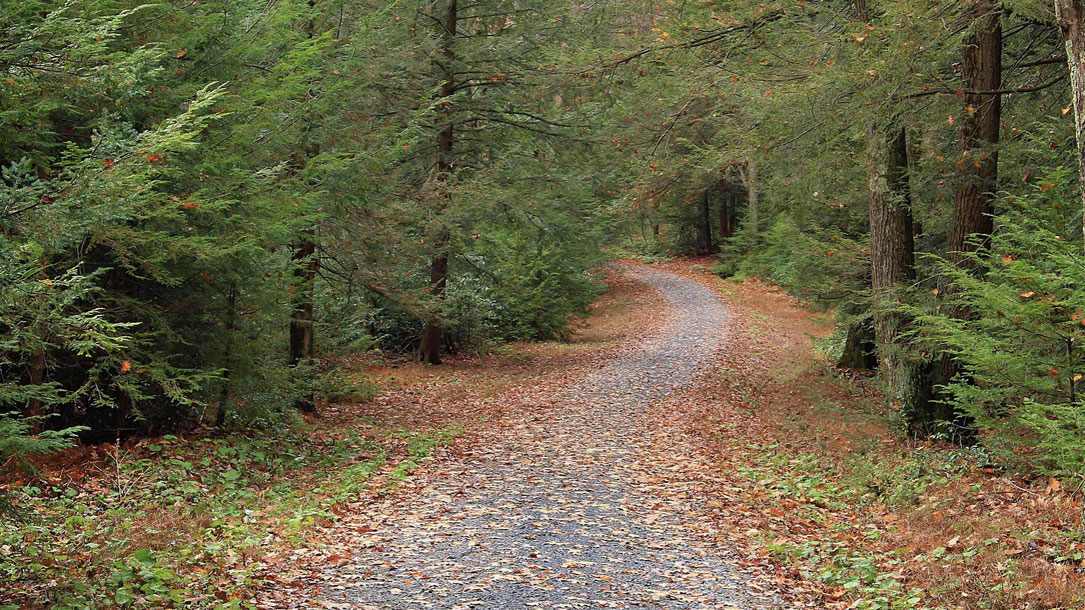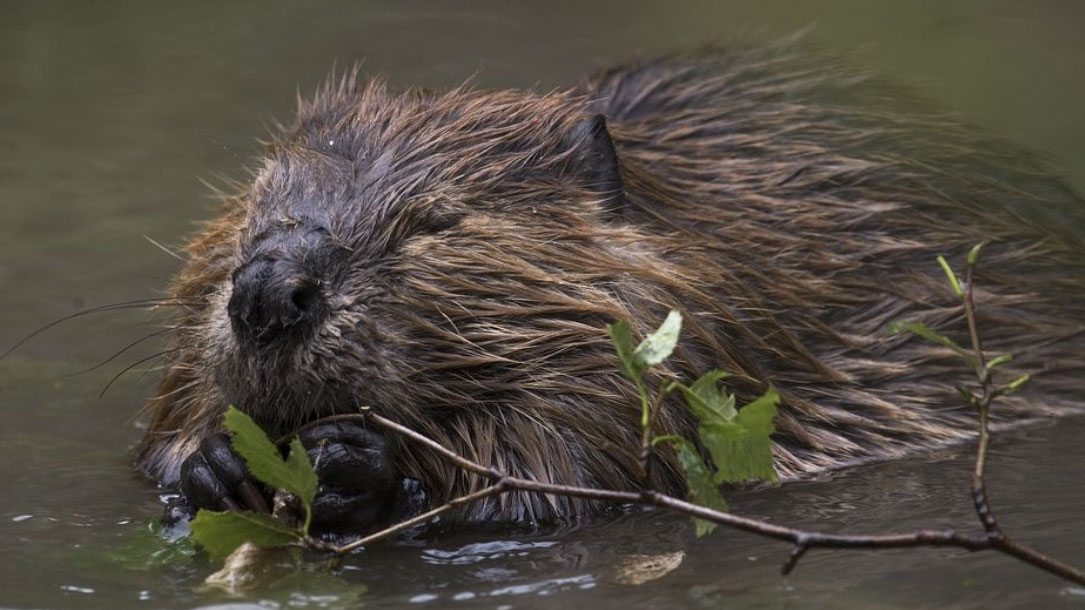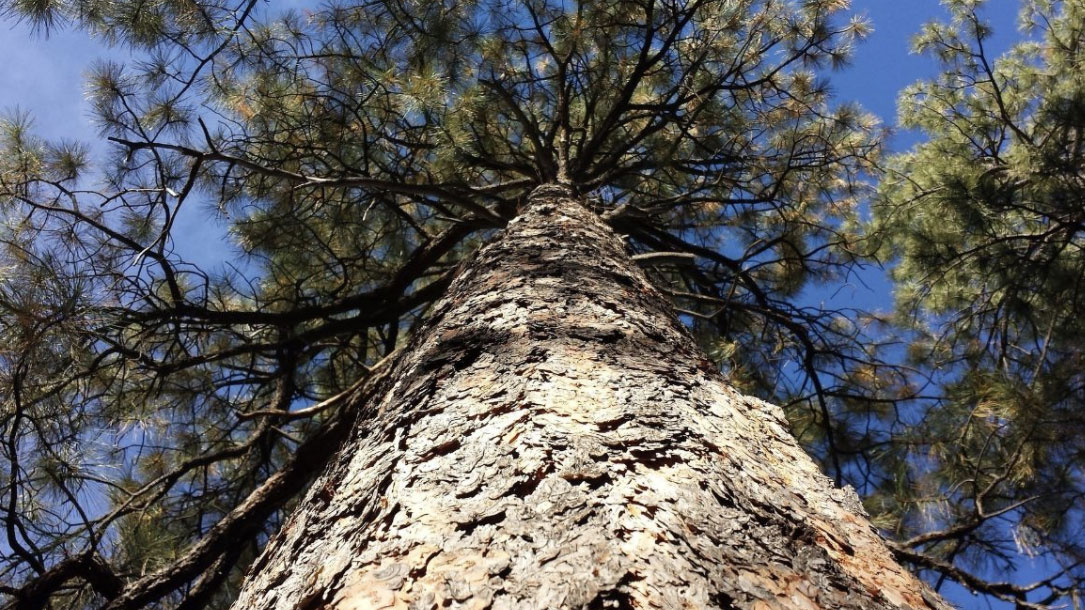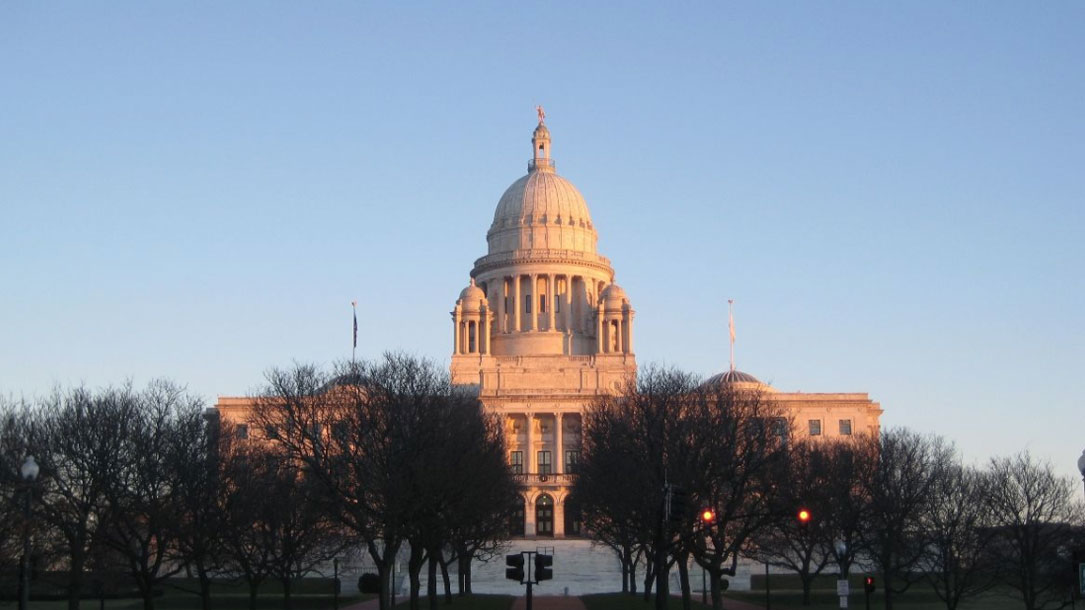Home > Climate News >

U.S. eyes wetland restoration as hedge against climate change
Researchers found that conserving existing wetlands, restoring 35 percent of marshes that have been impounded or drained, and allowing coastal wetlands to naturally migrate toward land as sea levels rise could create a substantial sink for CO2 and human-caused methane by 2050…

What impact do seas, lakes, and rivers have on people’s health?
Most of us recognize the calming effect of a walk by the river or along a beach. Victorian doctors used to prescribe the “sea air” as a cure for an assortment of agues and ailments. But while the health benefits of green space are now well known, thanks to the pioneering research of Roger Ulrich and the Kaplans among others, little analysis has been made of “blue space” – the impact of the sea, rivers, lakes, and even urban water features on our health and wellbeing.

Using remote sensing to assess the impact of beaver damming on riparian evapotranspiration in an arid landscape
Beaver pools allow sediments and waterborne pollutants such as nitrogen and heavy metals to filter downward, preventing their transport downstream. A 2015 study from the University of Rhode Island found that beaver ponds can help remove up to 45 percent of nitrogen from streams. Researchers in Maryland are now enlisting beavers to reduce pollutants entering the Chesapeake Bay.
The research indicates that riparian areas with beaver damming in arid landscapes are better able to maintain vegetation productivity than areas without beaver damming during both short and extended periods of drought…

Wildfires and climate change push low-elevation forests across a critical climate threshold for tree regeneration
“At dry sites across our study region, seasonal to annual climate conditions over the past 20 years have crossed these thresholds, such that conditions have become increasingly unsuitable for regeneration. High fire severity and low seed availability further reduced the probability of postfire regeneration.
Together, our results demonstrate that climate change combined with high severity fire is leading to increasingly fewer opportunities for seedlings to establish after wildfires and may lead to ecosystem transitions in low-elevation ponderosa pine and Douglas-fir forests across the western United States…”

Urban forestry takes on the world. But first, Rhode Island
Among dozens of new trees transforming a muddy Catholic elementary schoolyard, the pastor opened his Bible only a handful of pages, going full Old Testament in his impassioned spiritual plea for more trees.
Beside him stood Rhode Island’s Governor Gina Raimondo, who had just given an equally impassioned speech about the many scientific and public health benefits of trees. And when the children were unleashed with shovels to plant the final tree, it reminded everyone what perspective matters most: creating a stable future together…
- « Previous
- 1
- …
- 6
- 7
- 8












